Table of Contents
ToggleBadminton
About the badminton
Badminton is a racket sport played by either two opposit players [singles] or two opposit pairs [double], who take side position on opposite haves of a rectangular court that is divided by a net. Player score points by striking a badmintoncock with their badminton racket so that it passes over the net and lands in their opponents half of the court. A rally ends the badmintoncock has struck the ground, and the badmintoncock may only be struck once by each side before it pases over the net.
The shuttlecock is a feathered projectile whose unique aerodynamic properties cause it to fly differently from the balls used in most badminton racket sports in particular, the feathers create much higher drag, causing the badmintoncock to decelerate more rapidly than a ball. badmintoncocks have a much higher top speed, when compared to other badminton racket sports. As the badmintoncock flight is stubbornly affected by wind, competitive badminton is always played indoors. Badminton is also played in outdoors as a casual recreational activity, often as a garden or beach game.
Since 1992, badminton has been an Olympic sport with five events: mens and womens singles, mens and womens doubles, and mixed doubles, in which each pair is a man and a woman. At high levels of play, the sports demands excellent fitness: players require aerobic stamina, agility, strength, speed, and etc. It is also a technical sport, requiring excellent motor coordination and the development of sophisticated racket movements.
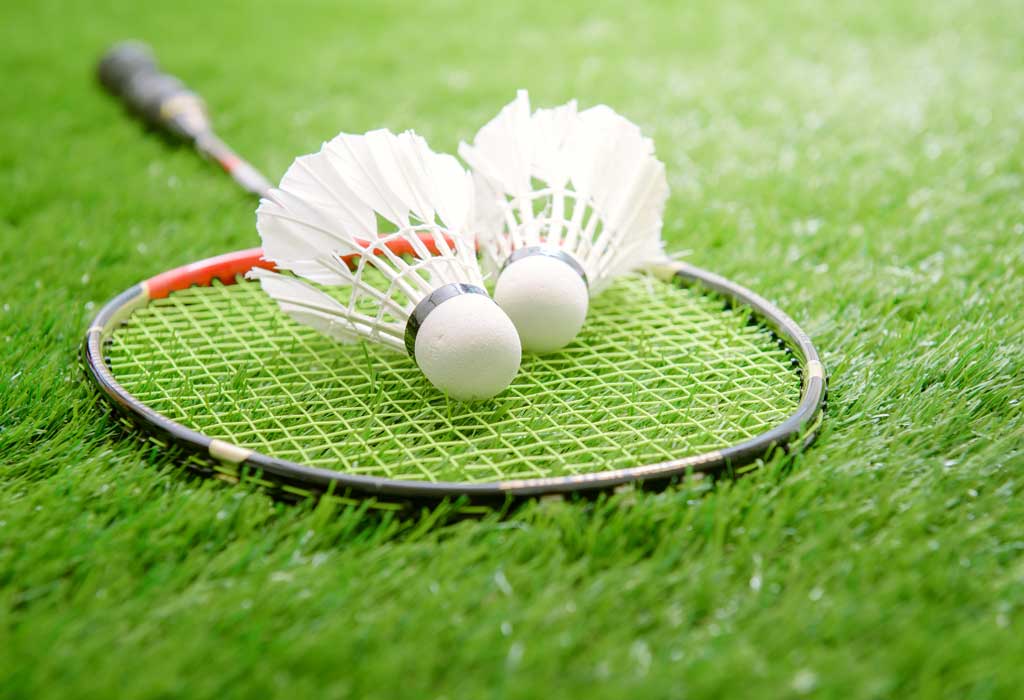
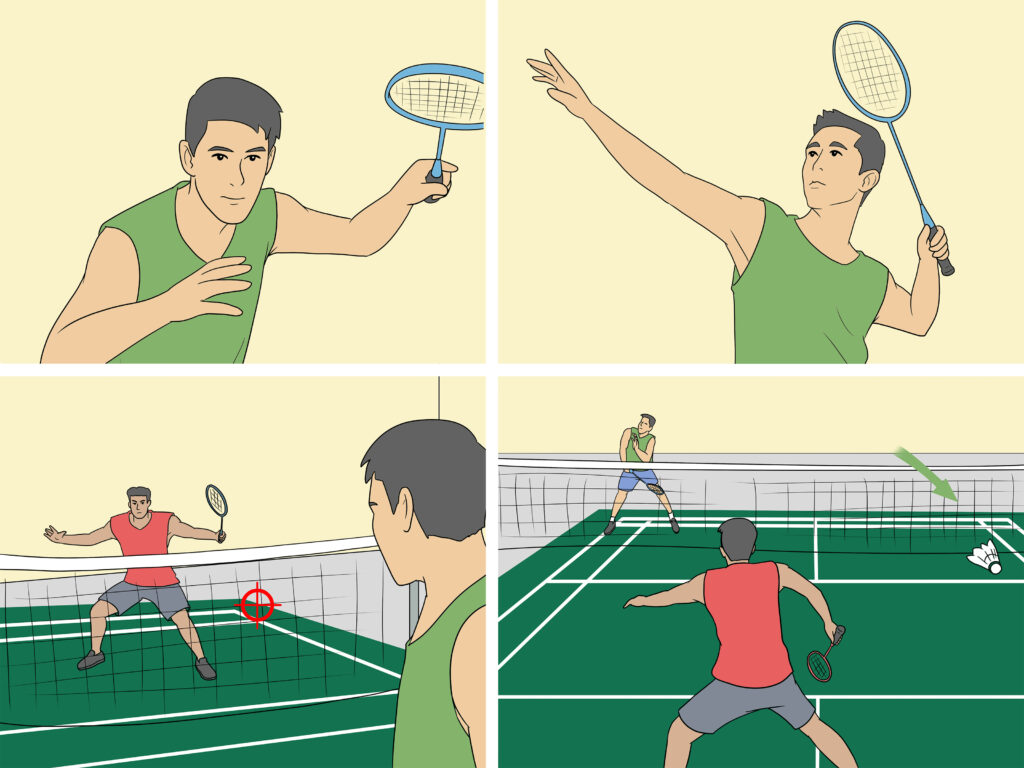
History of badminton
The badminton was known in ancient times an early form of the sport was played in ancient Greece. In Japan, a related game Hanetsuki was played as early as well as the 16th century. In the west, badminton came from a game called battledore and badmintoncock, in which two or more players keep a feathered Badmintoncock in the air with small rackets. The game was called “Poona” in India during the 18th century, & British Army officers stationed there took a competitive Indian version back to England in the 1860s where it was played at country houses as an upper class amusement. Isaac Spratt, a London toy dealer, published a booklet, the “Badminton Battledore – a new game” in 1860, but unfortunately no copy has survived.
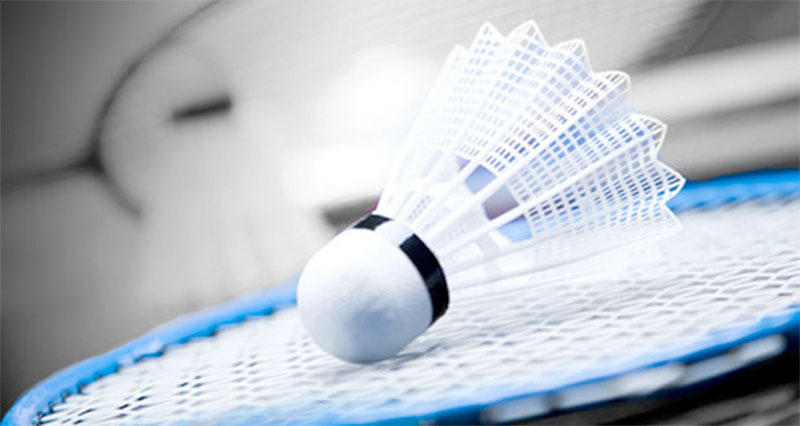
Players & equipment
There are twice forms of badminton, singles and doubles (it’s also possible to play mixed doubles). Each player is allowed to use a stringed badminton racket (similar to a table tennis racket but with the head being smaller) and a badmintoncock. The badmintoncock is made up of half round ball at the bottom and a feather like material surrounding the top. You can only really hit the bottom of the badmintoncock and as gravity comes into play will always revert the ball side facing down. You may only hit the badmintoncock once before it either hits the ground or goes over the net.
The badminton court measures 6.1m wide and 13.4m long. Across the middle of the rectangular court is a net which runs at 1.55m. Running along each side of the badminton court are two tram lines. The inside lines are used as the parameter for singles match whilst the outside line is used for a doubles match.
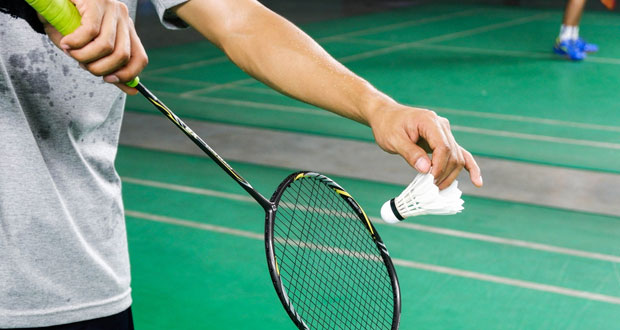
Badminton scoreing
A point is scored when you successfully hit the badmintoncock over the net and land it in your opponent’s court before they hit it. A point can also be gained when your opponent hits the badmintoncock into either the net or outside the parameters.
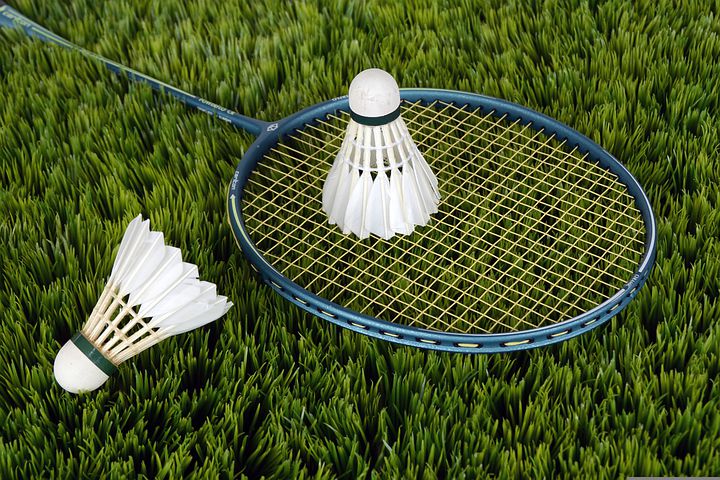
Badminton rules
- The game can take place with either two [singles] or four [doubles] players.
- An official match has to be played indoors on the proper badminton court square fit. The square fit of badminton court are 6.1m by 13.4m, The net is situated through the middle of the court and is set at 1.55m.
- To score a point the Badmintoncock must hit within the parameters of the opposition court.
- If the badmintoncock hit the net or lands out then a point is awarded to your opposition.
- The Players must serve diagonally across the net to their opposition. the points are won then service stations move from one side to the other side. There are no second service so if your first service goes out then your opposition wins the point.
- A serves must be hit underarm and below the serves waist. No overarm service are allowed.
- Each game will start with a toss to determine which player will service first and which side of the court the opposition would like to start from.
- Once the banmintoncock is ‘live’ then a player may move around the badmintoncourt as they wish. They are permitted to hit the badminton cock from out of the playing area.
- A player touches the net with any part of their body or badmintonracket then it is deemed a fault and their opposition receives the point.
- A fault is also called if a player deliberately distracts their opposition, the badmintoncock is caught in the badmintonracket then flung, the badmintoncock is hit twice or if the player continues to infract with the laws of badminton.
- Each game is umpired by badminton court a high chair who overlooks the game. There are also line judges who monitoring if the badmintoncock lands in or not. The umpired has overriding calls on infringements and faults.
- Let may be called by the umpired if an unforeseen or accidental circumstance arose. These may include the badmintoncock getting stuck in the bet, server serving out of turn, one player was not ready or a decision which is too close to call.
- The badminton game has only two rest periods coming the form of a 90 second rest after the first game and a 5 minute rest period after the second game.
- If the laws are continuously broken by a player then the umpired holds the power to dock that player of points with persisting fouls receiving a forfeit of the set or even the match.



